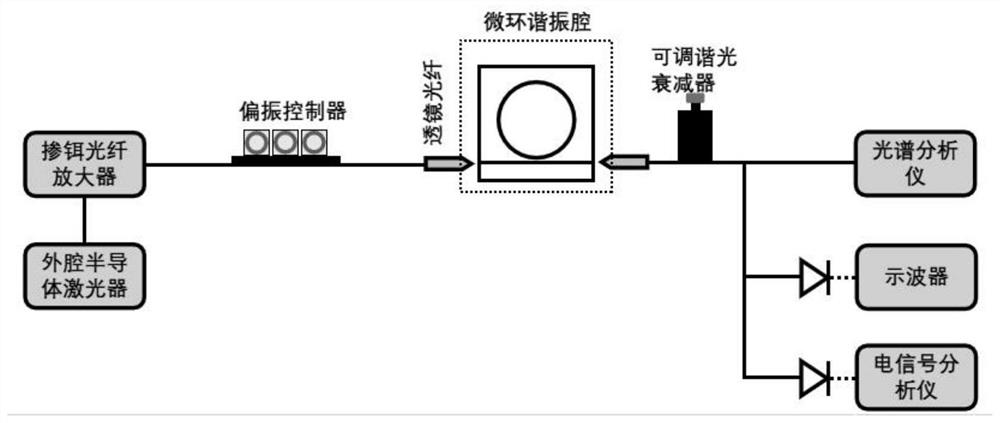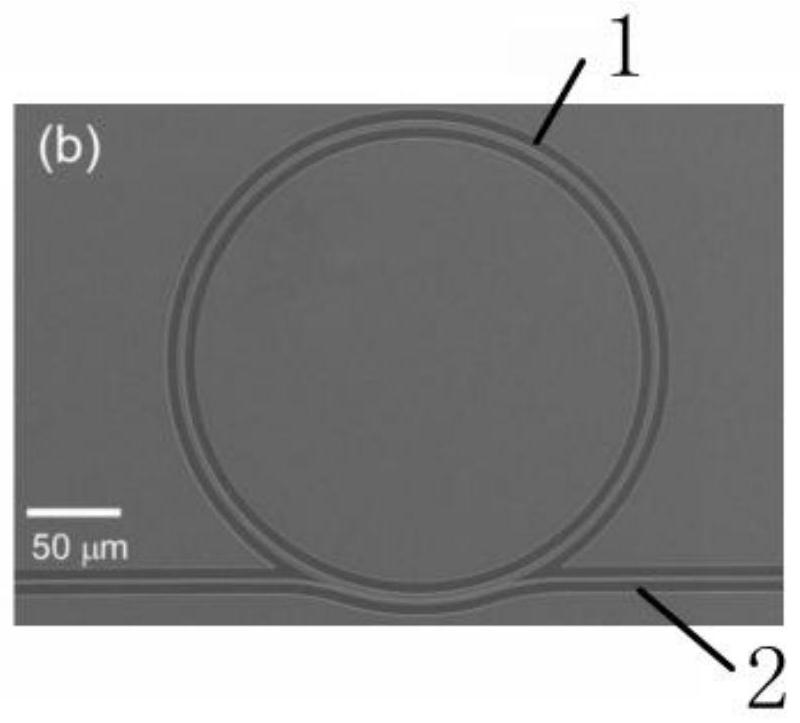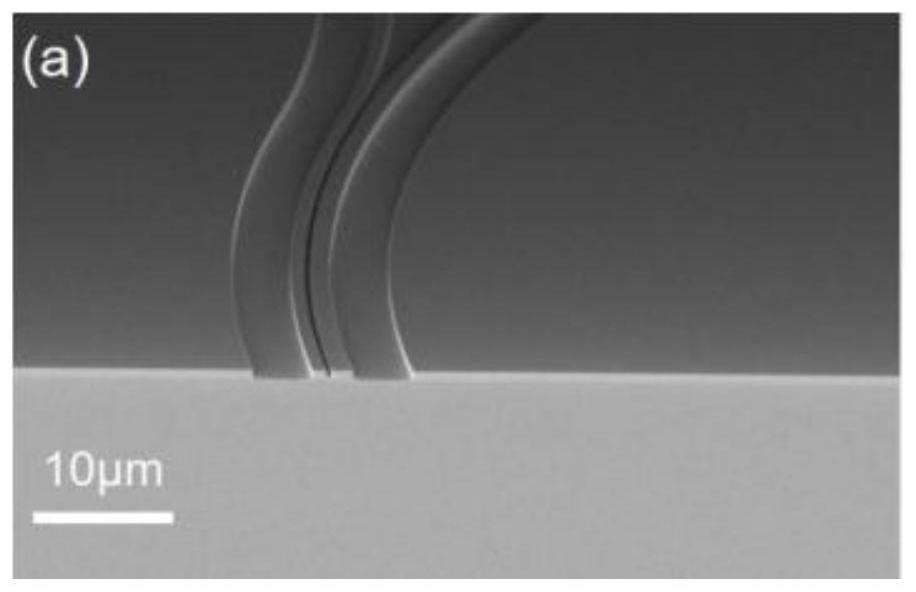Self-generating system and method of soliton frequency comb based on negative thermo-optic coefficient chalcogenide microcavity
A negative thermo-optic coefficient and chalcogen-based technology, applied in optics, nonlinear optics, instruments, etc., can solve problems such as difficult locking, poor stability, and short soliton generation area at the red detuning place, achieving high production efficiency and stability High performance, increase the effect of producing area
- Summary
- Abstract
- Description
- Claims
- Application Information
AI Technical Summary
Problems solved by technology
Method used
Image
Examples
Embodiment Construction
[0025] The present invention will be further described in detail below with reference to the accompanying drawings and specific embodiments. The numbers of the steps in the following embodiments are only set for the convenience of description, and the sequence between the steps is not limited in any way, and the execution sequence of each step in the embodiments can be adapted according to the understanding of those skilled in the art Sexual adjustment.
[0026] A method for self-generating soliton frequency comb based on negative thermo-optic coefficient chalcogenide microcavity, comprising:
[0027] The tunable optical device emits pump light with preset wavelength and power, and the power is adjusted by the fiber amplifier and then input to the polarization controller. The designed polarization mode is consistent, and the pump light is controlled to enter the negative thermo-optic coefficient micro-ring resonator through a tunable optical attenuator;
[0028] The frequenc...
PUM
 Login to View More
Login to View More Abstract
Description
Claims
Application Information
 Login to View More
Login to View More - Generate Ideas
- Intellectual Property
- Life Sciences
- Materials
- Tech Scout
- Unparalleled Data Quality
- Higher Quality Content
- 60% Fewer Hallucinations
Browse by: Latest US Patents, China's latest patents, Technical Efficacy Thesaurus, Application Domain, Technology Topic, Popular Technical Reports.
© 2025 PatSnap. All rights reserved.Legal|Privacy policy|Modern Slavery Act Transparency Statement|Sitemap|About US| Contact US: help@patsnap.com



